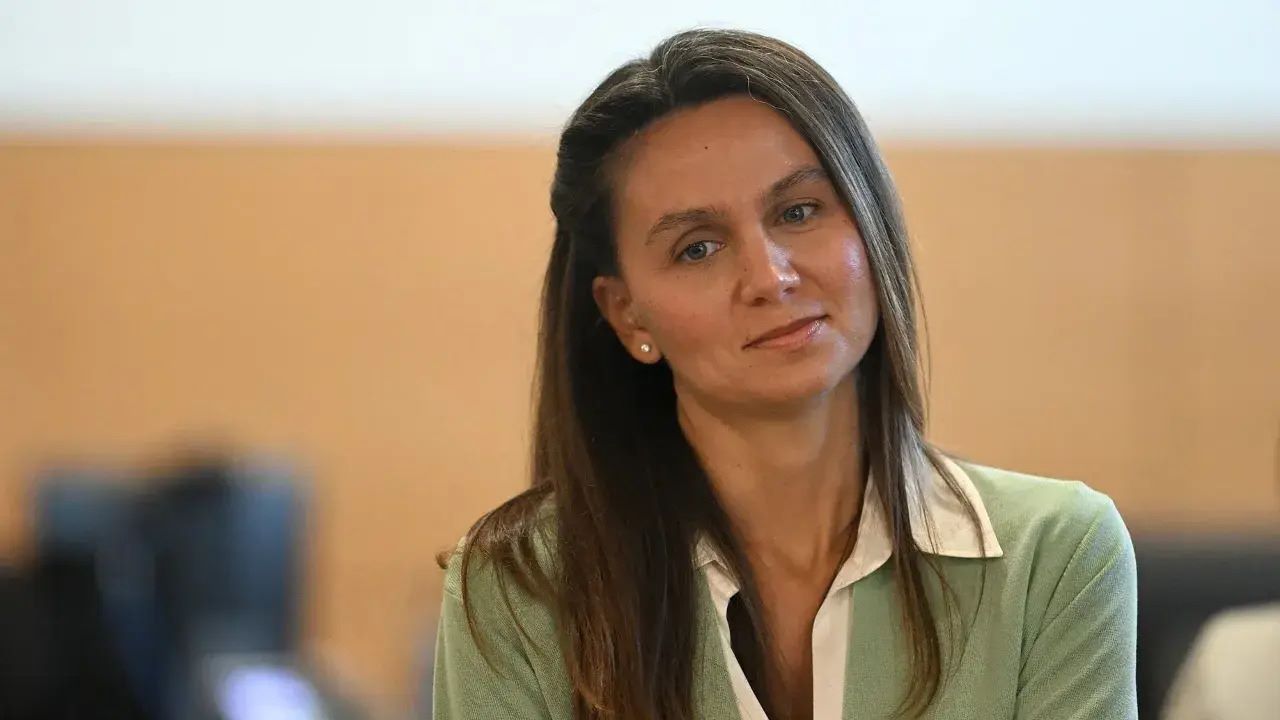
Snow is a fascinating natural phenomenon that captivates our senses and transforms the world into a pristine winter wonderland. From the delicate snowflakes that fall gracefully from the sky to the glistening white blanket that covers the ground, snow has an inherent beauty that is both mesmerizing and enchanting. Beyond its visual appeal, snow also plays a crucial role in our ecosystem, providing essential water resources and influencing weather patterns.In this article, we will delve into 19 intriguing facts about snow, shedding light on its formation, properties, and various aspects of its impact on our environment and daily lives. From the mind-boggling intricacies of snowflake formation to the different types of snow, there is so much to discover about this extraordinary natural phenomenon. So, bundle up and prepare to embark on a journey through the world of snow, uncovering fascinating insights along the way!
Key Takeaways:
- Snow is a magical form of precipitation made of ice crystals with unique shapes and patterns. It provides insulation, water supply, and opportunities for winter sports, creating beautiful winter wonderlands.
- Snow can be different colors, absorb sound, and create hazardous conditions. It also plays a vital role in protecting plants and contributing to water supply. Thundersnow is a rare and fascinating phenomenon that combines lightning and snowfall.
Snow is a form of precipitation.
Snow is a meteorological phenomenon that occurs when water vapor changes into ice crystals in the atmosphere and falls to the ground.
Snow is composed of ice particles.
Each snowflake is made up of a unique and intricate arrangement of ice crystals. No two snowflakes are alike!
Snowflakes have six sides.
The characteristic hexagonal shape of snowflakes is a result of how the ice crystals form in the atmosphere.
Snow can be different colors.
Snow can appear white, but it can also take on other colors due to impurities or the effects of sunlight.
Snow is a great insulator.
Due to its high air content, snow is an excellent insulator, helping to keep the ground and plants insulated during winter.
Snow can absorb sound.
Walking in freshly fallen snow can create a quiet and serene environment due to the snow’s ability to absorb sound waves.
Snowflakes can have intricate patterns.
Under a microscope, snowflakes reveal stunning crystal patterns, showcasing the unique beauty of nature.
Snowfall can vary greatly.
The amount of snowfall can vary depending on factors such as temperature, humidity, and atmospheric conditions.
Snowfall can create a winter wonderland.
Freshly fallen snow can transform any landscape into a magical scene, creating a sense of beauty and tranquility.
Snow can provide opportunities for winter sports.
Many winter sports such as skiing, snowboarding, and snowshoeing rely on the presence of snow for recreational activities.
Snowflakes can have different shapes.
Snowflakes can come in various shapes, including plates, columns, needles, dendrites, and even irregular forms.
Snowflakes are formed in clouds.
Snowflakes start as tiny ice crystals that form around microscopic particles in the clouds.
Snow can be compacted to build structures.
With the right moisture content and compaction, snow can be used to build igloos, snow forts, and even sculptures.
Melting snow can contribute to water supply.
As snow melts, it provides a vital source of water for rivers, lakes, and reservoirs, replenishing water sources during warmer months.
Snowfall can affect transportation.
Heavy snowfall can disrupt transportation, leading to road closures, flight cancellations, and delays.
Snow can create hazardous conditions.
Ice and packed snow can create slippery surfaces, increasing the risk of falls and accidents.
Snowflakes can be influenced by temperature changes.
The temperature at which snowflakes form can impact their shape and structure, resulting in different types of snowfall.
Snow can protect plants from extreme cold.
Snow acts as an insulating blanket, providing a protective layer over plants and helping them withstand freezing temperatures.
Thundersnow is a rare phenomenon.
Thundersnow occurs when there is a thunderstorm during a snowfall, resulting in the simultaneous presence of lightning and snowfall.
These 19 facts about snow highlight its fascinating nature and the many ways it impacts our lives. From its unique and intricate formations to its role in creating winter wonderlands, snow is a remarkable natural phenomenon. So the next time you see those fluffy white flakes falling from the sky, take a moment to appreciate the beauty and wonder of snow.
Conclusion
Snow is a fascinating natural phenomenon that brings both joy and challenges to our lives. These 19 facts about snow have shed light on its unique properties, formation, and impacts on the environment. From its intricate crystalline structure to its ability to insulate and provide water resources, snow plays a crucial role in our ecosystem.Snow also has a significant impact on various industries such as tourism, sports, and agriculture. Winter sports enthusiasts flock to snowy destinations to enjoy activities like skiing, snowboarding, and ice skating. Farmers rely on snowmelt for irrigation during dry seasons, ensuring the growth of crops and the overall health of the agricultural sector.Moreover, understanding the science behind snow can help us better prepare for winter weather conditions. By learning about snow formation, avalanches, and blizzards, we can take necessary precautions and ensure our safety during the colder months.So, the next time you see snowflakes falling from the sky, take a moment to appreciate the beauty and complexity of this frozen marvel that nature provides.
FAQs
1. How is snow formed?
Snow forms when water vapor in the atmosphere condenses into ice crystals around a nucleus, such as a dust particle, at temperatures below freezing.
2. Why do snowflakes have different shapes?
Each snowflake has a unique shape due to variations in temperature, humidity, and the path it takes as it falls through the atmosphere, allowing it to form intricate hexagonal structures.
3. Can it snow in warmer temperatures?
Snow can still occur in temperatures slightly above freezing, but it typically requires the upper atmospheric layers to be much colder in order for the snowflakes to reach the ground before melting.
4. How does snow help the environment?
Snow helps insulate the ground, protecting plants and soil from extreme cold temperatures. It also provides a slow release of water when it melts, contributing to the water cycle and acting as a vital source of freshwater for various ecosystems.
5. Are all snowflakes six-sided?
While many snowflakes have a hexagonal shape, not all snowflakes are perfectly symmetrical or have six sides. Snowflakes can have various shapes and structures, depending on atmospheric conditions during their formation.
6. Can snow be too heavy?
Heavy snowfall can pose risks by causing roof collapses, tree damage, and power outages. It is important to regularly clear accumulated snow to prevent such hazards.
7. How are avalanches formed?
Avalanches occur when a mass of snow slides down a slope due to factors such as steepness, snowpack stability, and weather conditions. They can be triggered naturally or by human activity.
8. What is a blizzard?
A blizzard is a severe winter storm that combines heavy snowfall, strong winds, and reduced visibility. Blizzard conditions can be dangerous and may result in transportation disruptions and power outages.
9. Can snow have different colors?
Under certain conditions, snow can appear different colors, such as pink, blue, or even green. This is often caused by various factors such as pollution, algae, or mineral deposits.
10. How does snow impact wildlife?
Snow presents challenges for wildlife in terms of finding food and shelter. Some animals, like hibernating mammals, adapt to snowy conditions, while others migrate to warmer areas during the winter months.
Was this page helpful?
Our commitment to delivering trustworthy and engaging content is at the heart of what we do. Each fact on our site is contributed by real users like you, bringing a wealth of diverse insights and information. To ensure the highest standards of accuracy and reliability, our dedicated editors meticulously review each submission. This process guarantees that the facts we share are not only fascinating but also credible. Trust in our commitment to quality and authenticity as you explore and learn with us.


